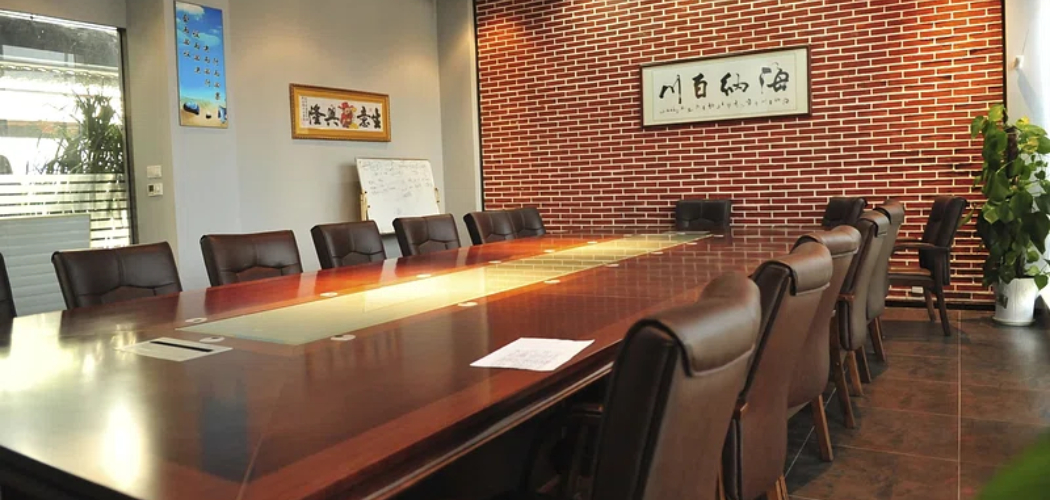Are you looking for the perfect way to impress your colleagues or clients? A custom-made conference table is an ideal solution that will last you a lifetime! Not only does it look good in any office, but it also adds sophistication and space for meetings.
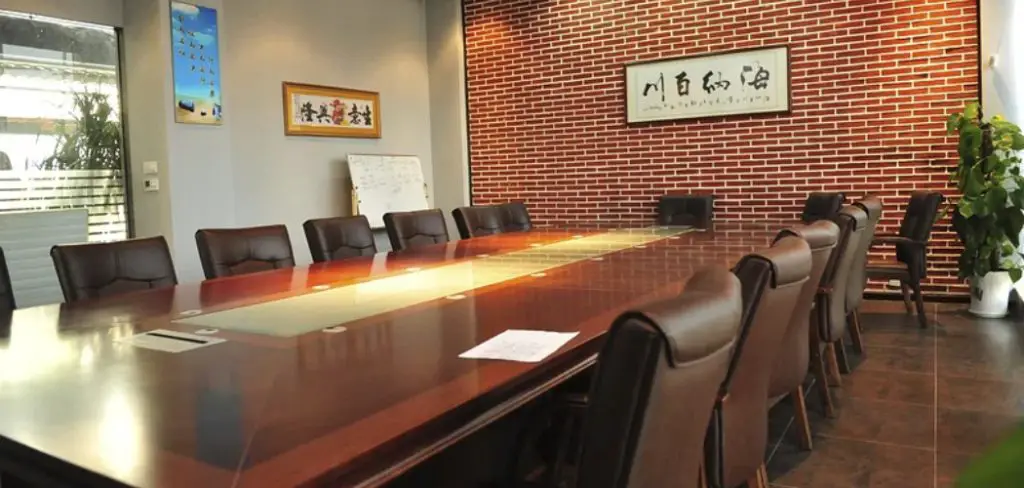
Whether you’re a professional woodworker or just starting out with DIY projects, this guide provides all the necessary steps of how to make a conference table! With easy-to-follow instructions and materials that are readily available on any budget, let’s get started building our gorgeous one-of-a-kind conference table today!
Tools and Materials You Will Need to Make a Conference Table
- Measuring tape
- Hand saw or circular saw
- Drill with various drill bits
- Wood screws and wood glue
- Sandpaper or sanding block
- 6. Level
- 7. Polyurethane finish
- 8. Wood stain (optional)
- 9. Pencil or marker
Step-by-step Guidelines on How to Make a Conference Table
Step 1: Determine the Size and Shape of Your Conference Table
The first step in making a conference table is to determine its size and shape. Consider the number of people who will be using the table, as well as the room it will be placed in. Standard conference tables are usually rectangular or oval-shaped, but you can get creative and choose a unique design that suits your space.
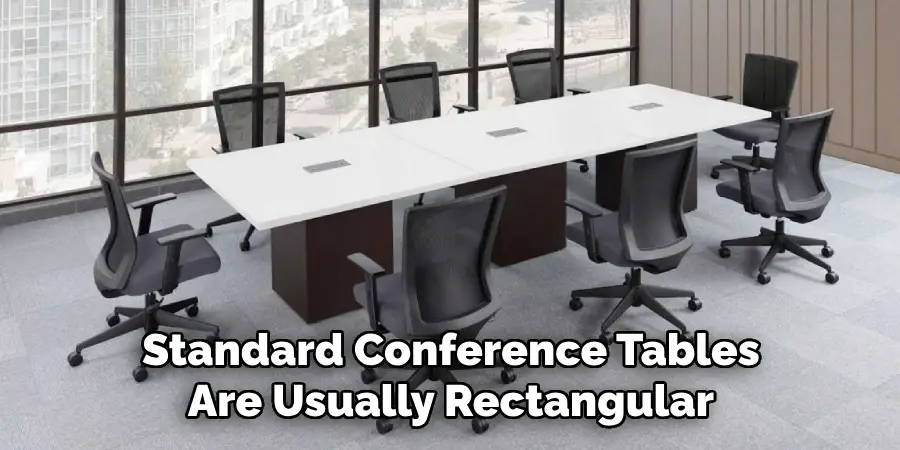
Step 2: Choose Your Materials
Wood is a popular choice for conference tables due to its durability and versatility. There are many types of wood you can choose from, such as oak, maple, or pine. You can also use reclaimed wood for a more rustic look. Choose a high-quality wood that fits your budget and desired aesthetic. This is also the time to decide if you want to stain or paint your table.
Step 3: Purchase Your Materials and Prepare Your Work Area
Once you have determined the size, shape, and materials of your conference table, it’s time to purchase them. Make sure to get enough wood for the tabletop, legs, and any additional features like a built-in power outlet or wire management system. Prepare your work area by clearing out a spacious and flat surface to assemble the table.
Step 4: Cut Your Wood Pieces
Using your measuring tape and pencil, mark the dimensions of each wood piece according to your chosen design. Then, using a hand saw or circular saw, carefully cut each piece to size. Make sure to double-check your measurements before cutting to avoid any mistakes. While cutting, remember to wear protective gear like safety glasses and gloves.
Step 5: Assemble the Tabletop
Lay out all the cut pieces of wood in your prepared work area and arrange them in their designated positions. Use wood glue and screws to secure each piece, making sure they are level and flush with one another. Let it dry for a few hours or overnight before moving on to the next step.
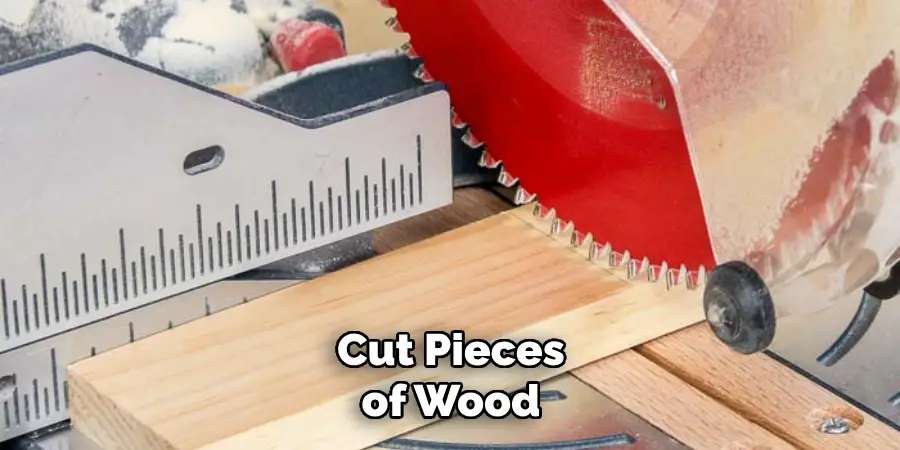
Step 6: Attach the Legs
Once the tabletop is dry and secure, attach the legs using wood glue and screws. Make sure they are evenly spaced and level before securing them into place. For added support, you can also add braces or crossbeams between each leg. While attaching the legs, be mindful of any additional features like a power outlet or wire management system and make necessary adjustments.
Step 7: Sand and Finish Your Table
Using sandpaper or a sanding block, smooth out the surface of your conference table. This will remove any rough edges and prepare it for finishing. Apply a coat of polyurethane finish using a paintbrush or roller in long, even strokes. This will protect your table from spills and scratches. Make sure to apply multiple coats, allowing each one to dry completely before adding the next.
Step 8: Optional: Stain or Paint Your Table
If you want to add color to your conference table, now is the time to do so. Using a wood stain or paint, apply an even coat on top of the polyurethane finish. Let it dry completely before applying a second coat if needed. This step is optional, but it can add a beautiful touch to your table.
Congratulations, you now have a beautiful and functional conference table that you made yourself! Enjoy using it for meetings, brainstorming sessions, or even as a stylish workspace. Remember to regularly clean and maintain your table to keep it looking its best. We hope this guide has been helpful in creating your very own custom-made conference table. Happy building!
Additional Tips and Tricks to Make a Conference Table
1. While rectangular tables are the most common, consider using a circular or oval-shaped conference table for better interaction and communication among participants.
2. If your conference table is going to be used for multiple purposes, consider adding a power outlet in the center or at each seat to make it more versatile.
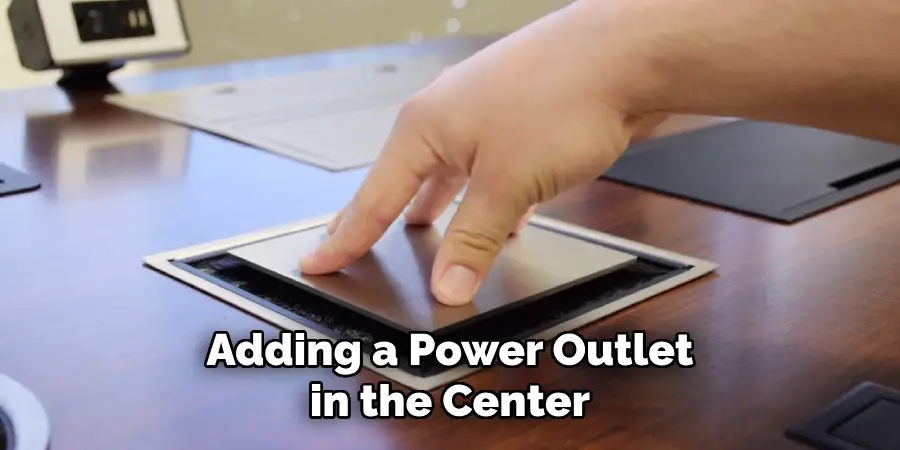
3. To add a unique touch, consider using reclaimed wood or other materials such as glass, metal, or stone for your conference table. This can also save money and reduce waste.
4. When choosing chairs for your conference table, make sure they are comfortable and ergonomic to promote productivity during long meetings.
5. Consider adding storage options such as drawers or shelves underneath the conference table to keep it clutter-free and organized.
6. To add a professional touch, consider having the company logo or name engraved on the conference table or chairs.
7. If space is limited, consider using a modular conference table that can be expanded or reconfigured as needed.
8. Don’t forget about lighting! Make sure the conference table is well-lit to reduce eye strain and promote a more comfortable atmosphere.
9. Consider adding plants or other decorative elements to make the conference table area more inviting and natural.
10. Finally, always consider the needs of your specific company or organization when designing and choosing materials for your conference table. It should reflect the culture, values, and goals of the company to promote a sense of cohesion and unity among participants.
With these additional tips and tricks, you can create a conference table that not only meets your functional needs but also adds to the overall aesthetic and atmosphere of your workplace. Remember to think creatively and have fun while designing your conference table, as it is often the centerpiece of many important meetings and discussions within an organization. Good luck! Happy crafting!
Precautions Need to Follow for Making a Conference Table
- Before starting to build a conference table make sure you have all the necessary tools and materials. It is important to have a clear idea of the design and dimensions of the table.
- Measure twice, and cut once. This old carpenter’s adage holds true when building a conference table as well. Make sure you have accurate measurements before cutting any materials.
- Use high-quality materials for durability and stability. The conference table will be used frequently and needs to withstand the weight of multiple people and electronic devices.
- Wear appropriate protective gear such as safety glasses, gloves, and a dust mask while working with power tools or toxic materials.
- Have a clean and organized workspace to avoid accidents or injuries. Keep sharp objects, such as saws or knives, out of reach when not in use.
- If you are using wood, make sure it is properly treated to avoid warping or cracking due to changes in temperature and humidity.
- Consider the location of the conference table and allocate enough space for chairs and people to move around comfortably.
- If possible, seek assistance from someone experienced in building furniture or carpentry to ensure quality workmanship.
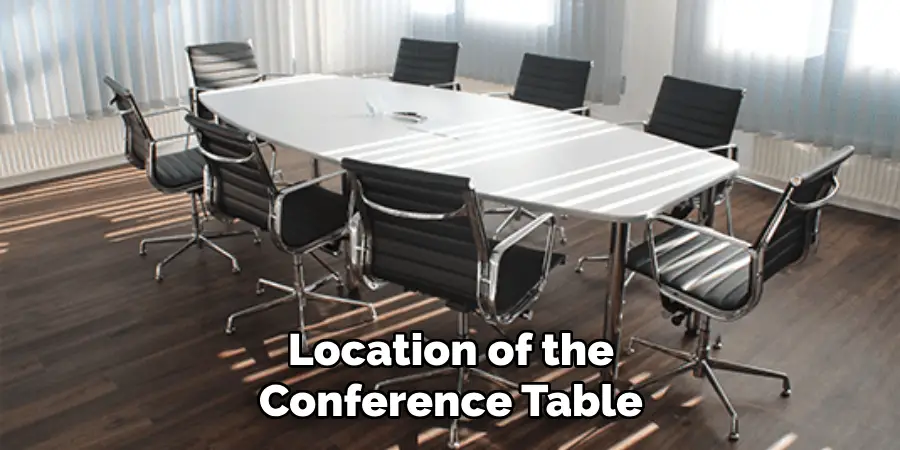
Following these precautions can help ensure a safe and efficient process when making a conference table. Remember to take your time and double-check measurements to avoid costly mistakes. Happy building!
Frequently Asked Questions
What Materials Are Typically Used to Make a Conference Table?
Conference tables can be made from a variety of materials, including wood, metal, laminate, and glass. The choice of material depends on factors such as budget, style preference, and functionality. For example, wood conference tables are often seen as more traditional and can add warmth to a room, while glass conference tables give a modern and sleek look.
How Big Should a Conference Table Be?
The size of a conference table depends on the number of people it needs to accommodate. As a general rule, each person should have around 2 feet of space at the table, so a 6-foot table can comfortably seat up to three people on each side. For larger groups, it is recommended to have at least 3 feet of space per person for comfort and ease of movement.
What Shape Is Best for a Conference Table?
Conference tables come in various shapes, including rectangular, round, oval, and square. The shape you choose should depend on the shape and size of your conference room, as well as the number of people who will be using the table. Rectangular tables are more traditional and work well in larger rooms, while round or oval tables can create a more intimate setting for smaller groups.
How Do I Choose the Right Conference Table Style?
When choosing a conference table style, consider the overall aesthetic of your workspace and the purpose of the conference room. For a more formal or traditional setting, a solid wood table with intricate details may be a good choice.
In contrast, a modern and minimalist office may benefit from a sleek glass or metal conference table. Ultimately, the style should complement the rest of the space and reflect the image you want to convey.
Conclusion
knowing how to make a conference table involves considering various factors such as materials, size, shape, and style. By understanding the specific needs of your conference room and workspace, you can choose a conference table that not only looks great but also enhances productivity and promotes effective communication during meetings.
Whether it’s a classic wooden table or a contemporary glass design, the right conference table can make all the difference in creating a professional and functional environment. So, take your time, do some research, and choose the perfect conference table for your workspace today! Happy conferencing!

